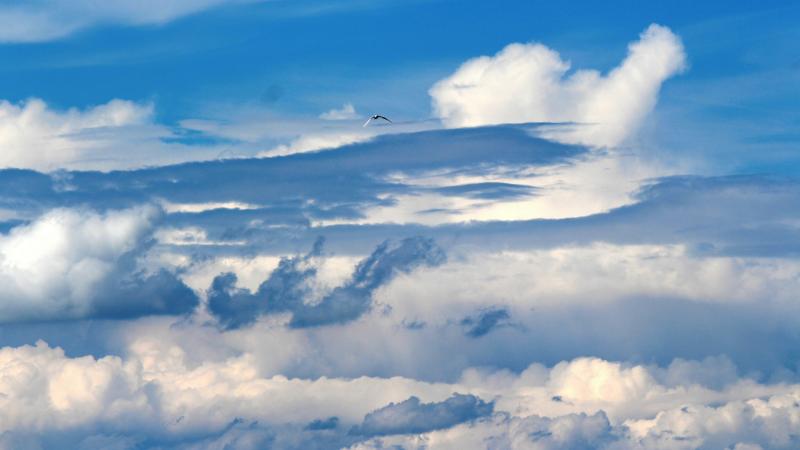
A new research from Space Physics Laboratories, Thiruvananthapuram and Indian Institute of Science, Bengaluru has used a ground-based microwave radiometer profiler to evaluate the height of the atmospheric boundary layer, which is the lowest part of the atmosphere and changes based on its interaction with the surface of the Earth.
The planetary boundary layer also known as the atmospheric boundary layer (ABL) is the lowest part of the atmosphere, which acts as a conduit for transfer of constituents, like water vapour, pollutants, energy and momentum, between the surface and the troposphere, the layer where most of the weather phenomenon takes place. The height of the ABL is an important parameter of the layer which primarily determines the volume of air mass available for pollutant dispersal – an important factor in many weather prediction models. The height of the ABL from the surface of the planet depends on factors like the lower atmospheric temperature and humidity profiles and shows a diurnal (twice in a day) variation, depending on the prevailing atmospheric and geological conditions. Sunrise and sunset, which causes sharp thermal gradient thus causing winds, further contributes t the diurnal variation.
In the current study, the scientists used a ground-based microwave radiometer profiler to observe the lower atmospheric temperatures and humidity profiles, to provide a much better time resolution of the evolution of the atmospheric boundary layer height (BLH) over the period of a day, over a tropical coastal region . Once the BLH was determined, the results were compared with those obtained from conventional methods like the one obtained using a Micropulse Lidar; similar to a RADAR but uses pulses of laser light instead, and a Radiosonde; a telemetry instrument mounted on a weather balloon.
The results showed that a monthly mean diurnal variation of the BLH showed a strong diurnal variation, with the highest occurring at around 12:00 to 15:00 and the lowest occurring during nighttime. It also showed that the daytime BLH was at a maximum during the pre-monsoon season, in the month of April, and the minimum occurring in the month of July.
The current study provides a much better time resolution of the evolution of the BLH, thus providing a much more accurate picture of the changes that take place in the lowest part of our atmosphere.





